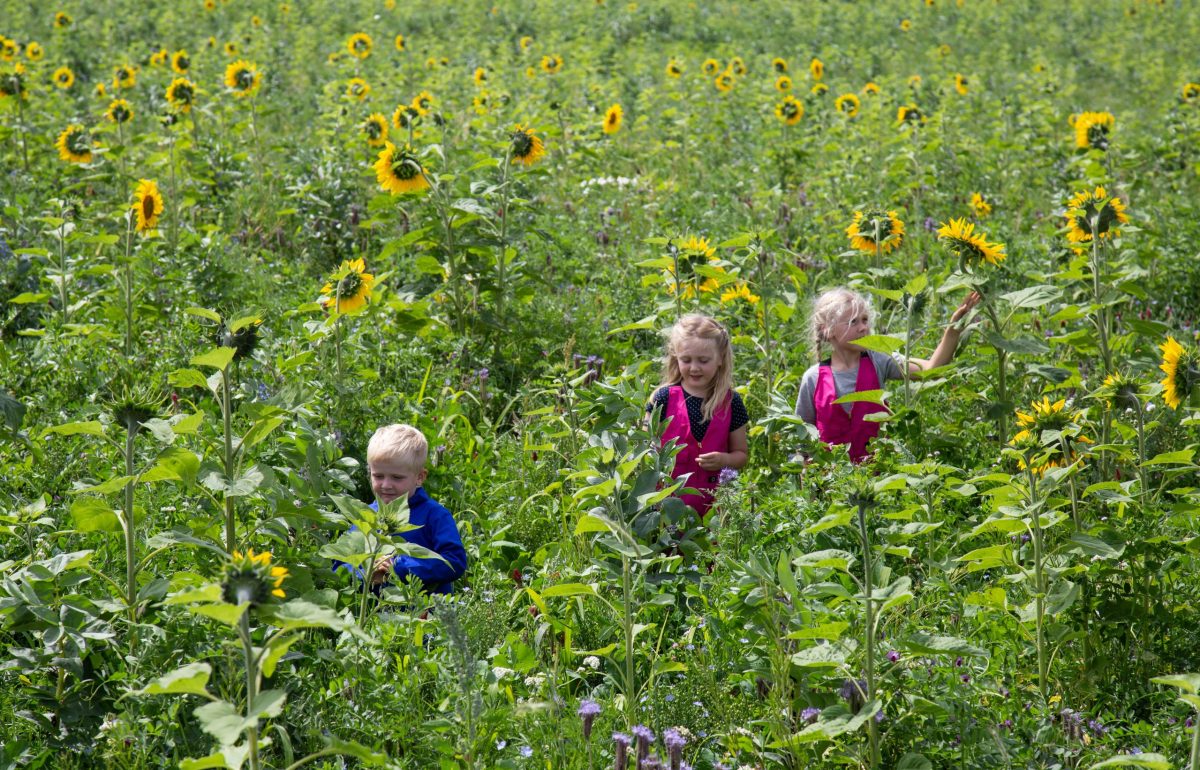Though we are in our fourth season of trailing regenerative practices at Align Farms, we do not believe we have it all figured out, or all the answers. That being said, we do have 4 years of learning under our belt, and we are keen to share our key takeaways for those who have been asking for guidance as they begin their transition.
1. It is crucial that you clearly understand your WHY. Why are you motivated to make these changes to your system? It is helpful to understand what success looks like for you as there are many aspects of the farm system to consider when taking a holistic, regenerative approach, such as animal health, the environmental footprint of your operation or team well-being.
2. Next you should create a timeline of how you will achieve conversion, and then double it to account for all the unknowns and to give your pastures and system time to adapt. Our transition was done as fast as possible so we could get the trial underway in the 2020-21 season. Because we are a multi-farm operation, we were able to transfer cows to another farm and re-grass more of the trial farm in one season than is realistically possible for those who must keep their animals on farm. Don’t try to mirror our timeline for these reasons.
3. We encourage you to find like-minded connections or farmer groups that you can learn from, lean on when things are tough, and celebrate successes with. Some individuals can be overly critical of challenging the status quo, so having a support network can help you avoid doubting yourself and your decisions unnecessarily
4. Consider lowing your stocking rate, you may already be at the optimal place, but reducing will have the additional benefit of helping you achieve other environmental objectives
5. When adding diversity, do what is affordable and reasonable. You don’t need to have sunflowers to be regenerative and going straight to perennial species may be the better choice if funds are limited and your soil isn’t in too bad of shape. We have had success with using a soil primer annual crop then sowing perennials, going directly into perennials, and direct drilling diversity into existing rg/wc paddocks, though we grazed those pastures quite low (as you would with sheep) before direct drilling. We also found drilling without spraying out worked well when there was pugging damage. We want to be able to provide a better blueprint and costings in the future, but we don’t have it determined quite yet and wanted to share what we do know.
6. Don’t be definitive or rigid with your practices at the beginning of your transition as this will inhibit growth and learning. Every farm is different and even every season on the same farm is different so becoming overly prescriptive will hinder your progress. Things like round length, pasture species used, fertiliser requirements, etc may vary year to year depending on a multitude of factors. In our experience, we have found that basing residual length by following the pasture growth curve (shorter on the shoulders, longer over the summer) is a good approach.
7. Increase your observation and monitoring, observe, observe, adapt, repeat. In the words of our colleague at Otago University, Frank Griffin: “While the principles driving regenerative agriculture are clearly defined, the practices of implementation need to be prescribed precisely for each different habitat”
8. For those looking to reduce N fertiliser use, you can read our thoughts on the matter here
9. Consider doing the Savory Institute’s Ecological Outcome Verification (EOV) on your farm. This is an outcome-based certification that gives you tangible feedback on what areas you are doing well and where improvements can be made. They take short-term and long-term measurements, and once you are verified EOV you get access to the Savoury Institute’s Land to Market program, which connects conscientious buyers, brands, and retailers directly to farms that are verified to be regenerating the land.
10. In our view regenerative agriculture is about continuous improvement so we will continue to learn and develop as the seasons progress
At Align we treat the process as a 3-legged stool, with a Human Capital leg, a Financial capital leg and an Environmental capital leg. All three need to move at roughly the same pace. It will not be worth being ‘green’ if you’re mentally or financially unwell from it, and this applies to all legs of the stool.
Good luck!
